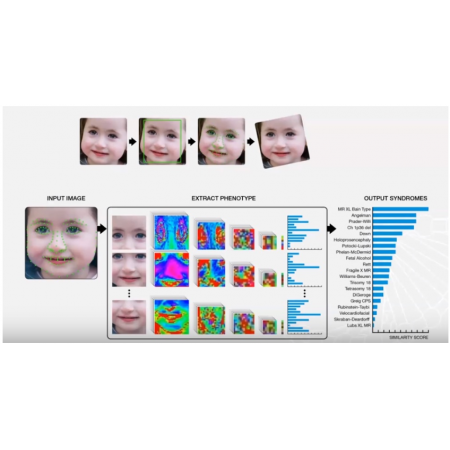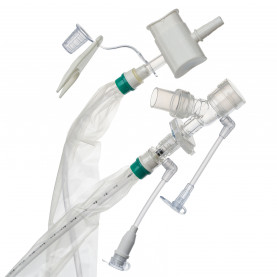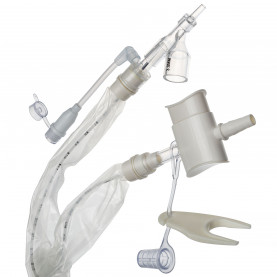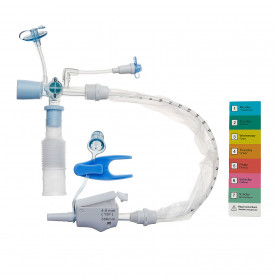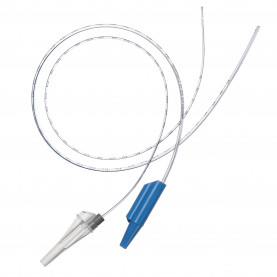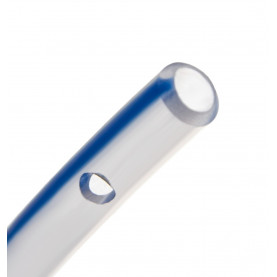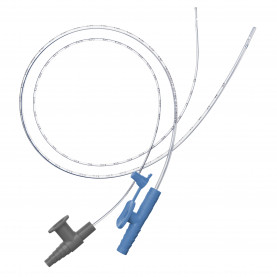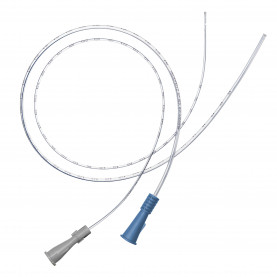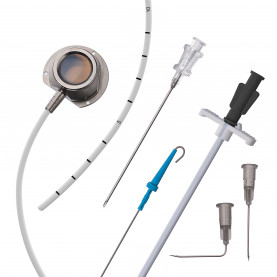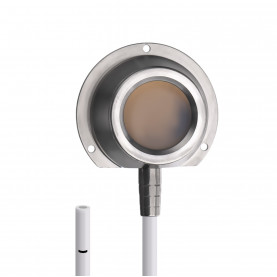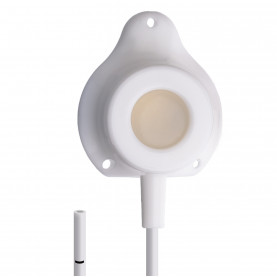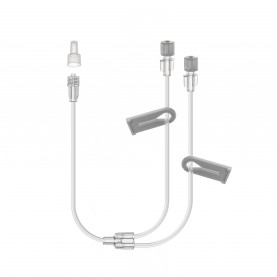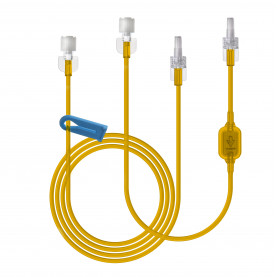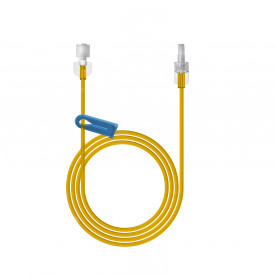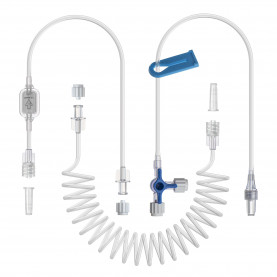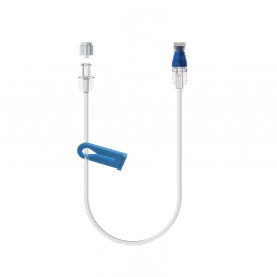AI Tech Uses Facial Analysis To Detect Rare Genetic Disorders
A new technological breakthrough is using AI and facial analysis to make it easier to diagnose genetic disorders. DeepGestalt is a deep learning technology created by a team of Israeli and American researchers and computer scientists for the FDNA company based in Boston. The company specializes in building AI-based, next-generation phenotyping (NGP) technologies to “capture, structure and analyze complex human physiological data to produce actionable genomic insights.”
DeepGestalt uses novel facial analysis to study photographs of faces and help doctors narrow down the possibilities. While some genetic disorders are easy to diagnose based on facial features, with over 7,000 distinct rare diseases affecting some 350 million people globally, according to the World Health Organization, it can also take years – and dozens of doctor’s appointments – to identify a syndrome.
“With today’s workflow, it can mean about six years for a diagnosis. If you have data in the first year, you can improve a child’s life tremendously. It is very frustrating for a family not to know the diagnosis,” Yaron Gurovich, Chief Technology Officer at FDNA and an Israeli expert in computer vision, tells NoCamels. “Even if you don’t have a cure, to know what to expect, to know what you’re dealing with helps you manage tomorrow.”
DeepGestalt — a combination of the words ‘deep’ for deep learning and the German word ‘gestalt’ which is a pattern of physical phenomena — is a novel facial analysis framework that highlights the facial phenotypes of hundreds of diseases and genetic variations.
According to the Rare Disease Day organization, 1 in 20 people will live with a rare disease at some point in their life. And while this number is high, there is no cure for the majority of rare diseases and many go undiagnosed.
“For years, we’ve relied solely on the ability of medical professionals to identify genetically linked disease. We’ve finally reached a reality where this work can be augmented by AI, and we’re on track to continue developing leading AI frameworks using clinical notes, medical images, and video and voice recordings to further enhance phenotyping in the years to come,” Dekel Gelbman, CEO of FDNA, said in a statement.
DeepGestalt’s neural network is trained on a dataset of over 150,000 patients, curated through Face2Gene, a community-driven phenotyping platform. The researchers trained DeepGestalt on 17,000 images and watched as it correctly labeled more than 200 genetic syndromes.
In another test, the artificial intelligence technology sifted through another 502 photographs to identify potential genetic disorders.
DeepGestalt provided the correct answer 91 percent of the time.
“Our product is a reference tool for clinicians. Our algorithms are an aggregation of knowledge,” says Gurovich, Israel General Manager of FDNA.
Indeed, FDNA, a leader in artificial intelligence and precision medicine, in collaboration with a team of scientists and researchers, published a milestone study earlier this year, entitled “Identifying Facial Phenotypes of Genetic Disorders Using Deep Learning” in the peer-reviewed journal Nature Medicine.
“The increased ability to describe phenotype in a standardized way opens the door to future research and applications, and the identification of new genetic syndromes. It demonstrates how one can successfully apply state of the art algorithms, such as deep learning, to a challenging field where the available data is small, unbalanced in terms of available patients per condition, and where the need to support a large amount of conditions is great,” says Gurovich, the first author of the paper.
He explains that the time to find a diagnosis can improve, and that could lead to new treatments.
“This is a long-awaited breakthrough in medical genetics that has finally come to fruition,” Dr. Karen Gripp, Chief Medical Officer at FDNA and co-author of the paper, said in a statement. “With this study, we’ve shown that adding an automated facial analysis framework, such as DeepGestalt, to the clinical workflow can help achieve earlier diagnosis and treatment, and promise an improved quality of life.”
“The technology can be an aggregation of the expertise of many geneticists and make it accessible for the others. With our technology, every clinician has all the other clinicians’ expertise in his hand,” Gurovich tells NoCamels.
The facial analysis technologies are not meant to replace the capabilities of expert clinicians in syndrome identification. “There is no replacement for a human geneticist but this technology can be used as a reference tool. It gives intuition, to explain, to make it accessible,” says Gurovich.
Face2Gene is already in use around the world. FDNA has a mobile and web application. The clinician takes a photo of the patient, adds information about the person to the computer system – like gender, whether they suffer seizures, etc. – and then waits for the algorithm to calculate the results.
Gurovich stressed the company’s role in keeping patients’ information safe.
He noted that DeepGestalt is only available to clinicians. “We’re not worried about our technology; it is secure,” he says.
However, the computer vision expert notes that people should take better care of the data they share online. Insurance companies can deny claims if they see certain personal data on social media, he says. “Photos of our faces are everywhere: Facebook, Google,” says Gurovich, “and no one thinks about regulating access to these photos.”


